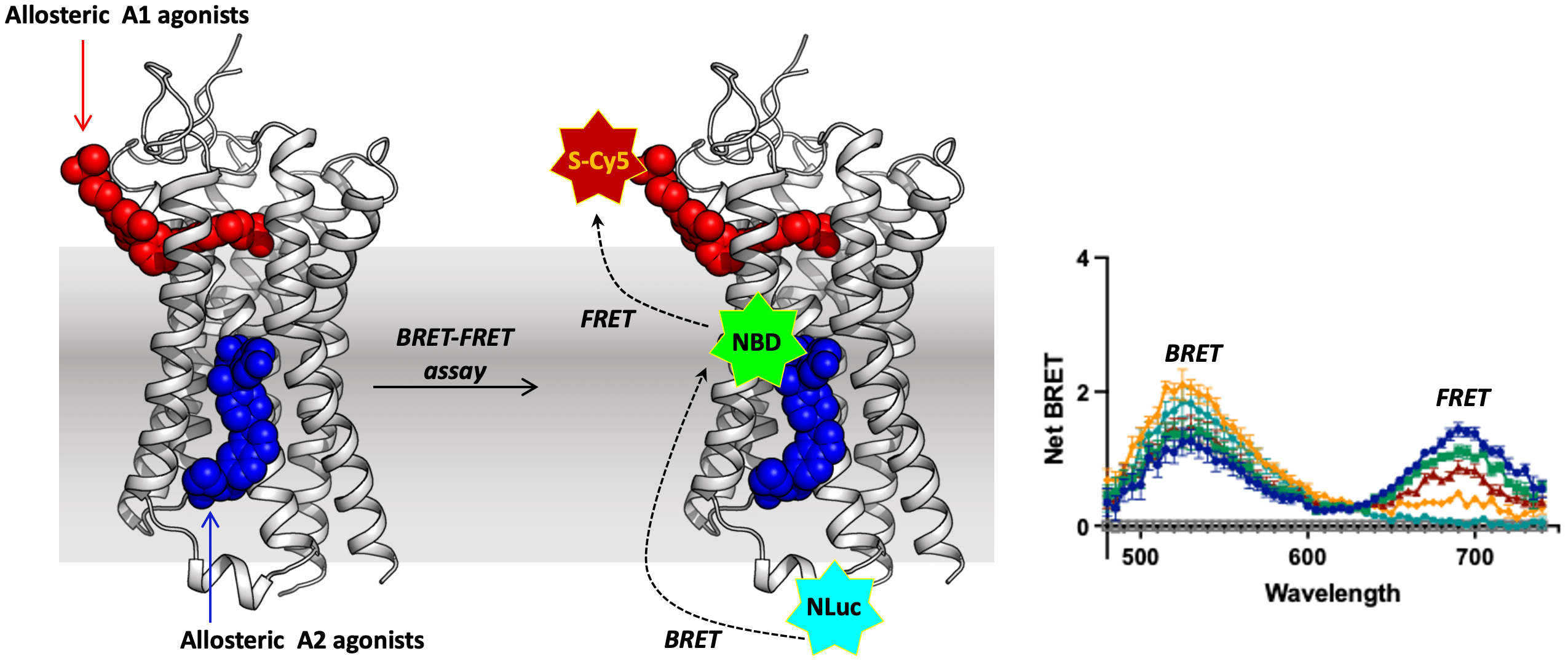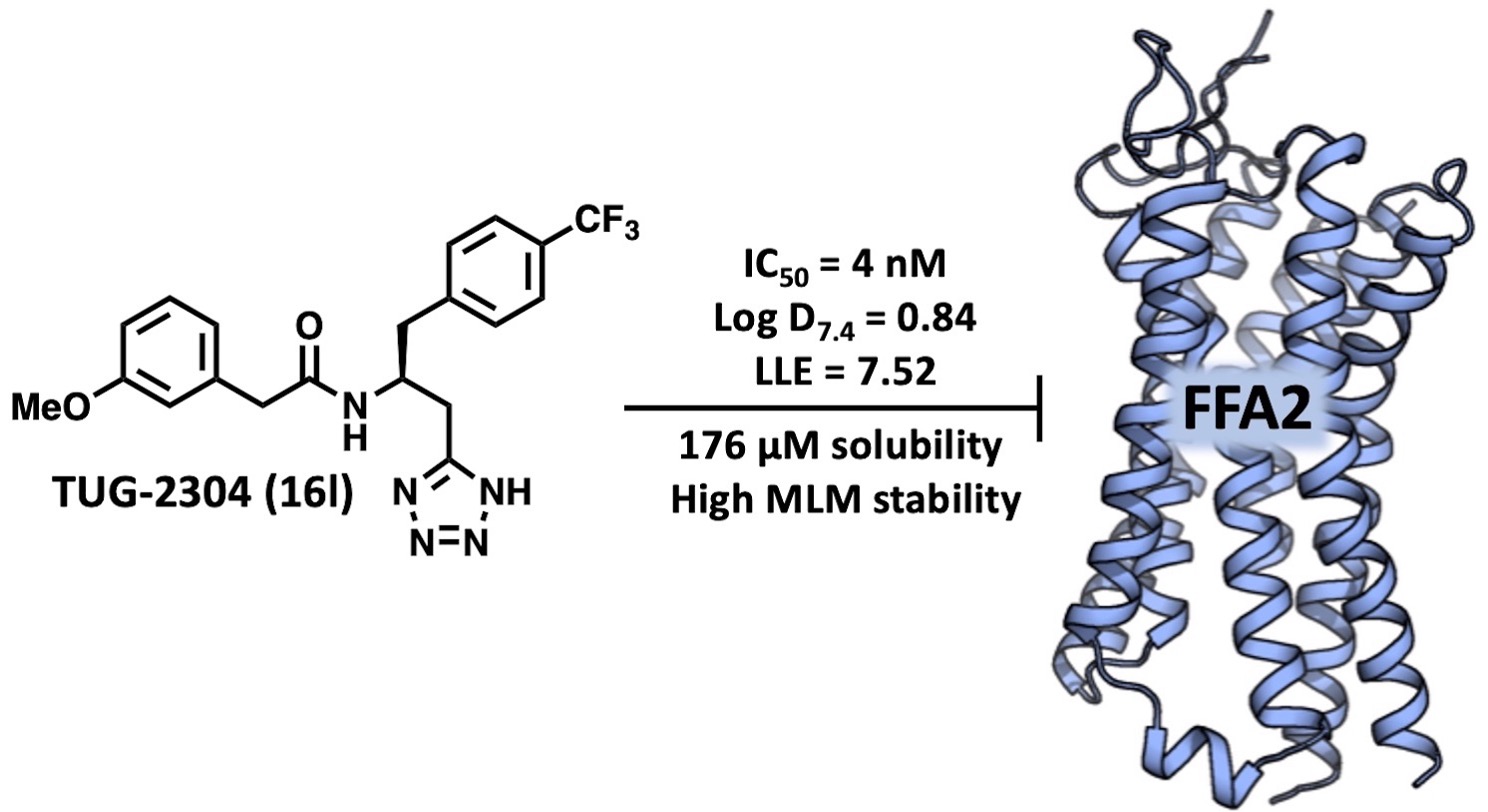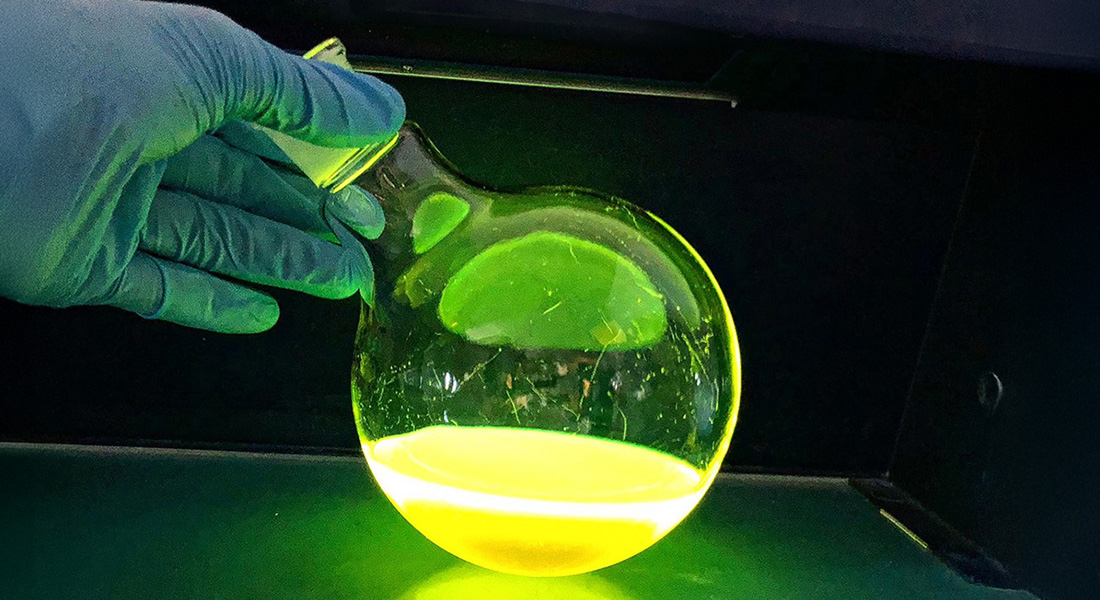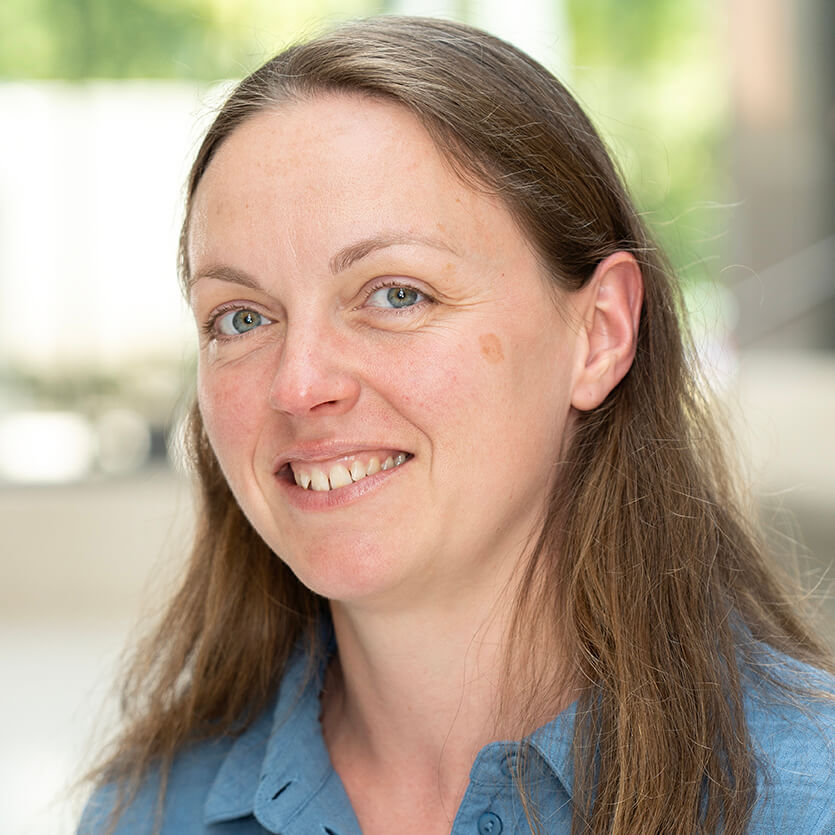Medicinal Chemistry and Chemical Biology in the Rexen Ulven Group
GPCRs are important drug targets but there is still a lot of unexplored potential and complexity to understand. We work on development of novel tool compounds, fluorescent tracers and assay techniques that can improve our understanding GPCRs and facilitate target validation and early drug discovery.
Novel tool compounds
We develop novel tool compounds for class A GPCRs to facilitate biological and pharmacological investigations of the receptors as potential drug targets, and thereby promote discovery of new drugs. The general strategy combines classical SAR analysis with computational modeling, taking advantage of structural information e.g. from cryo-EM.
Fluorescent tracers & techniques
Fluorescent tracers are extremely useful tools in pharmacology studies of targets like GPCRs, including for investigations of ligand-displacement, affinity, and binding kinetics. They can be used for real-time studies in living cells and tissue, visualization of ligand-receptor complexes, and give the possibility for simultaneous use of several different probes.
Fluorescent tracers
We have established a method for development of fluorescent tracers. Here we combine structure-activity relationships with computational modelling to identify the most optimal site for linker and fluorophore installment. We have created a linker and fluorophore library that enables a faster and more efficient development of the tracers and the ability to modify physicochemical and fluorescent properties in order to make the most optimal fluorescent tracers. One recent example is the development of both agonist and antagonist fluorescent tracers for the succinate receptor SUCNR1, see Ciba et al.: "Development and Characterization of Potent Succinate Receptor Fluorescent Tracers".

Fluorescent assay techniques
We develop new and better time resolved techniques to study the complexity of ligand binding to GPCRs. This includes bioluminescence resonance energy transfer (BRET) based assays in combination with one or several fluorescent tracers that allows for the study of binding site location, binding kinetics at multiple binding sites at once, as well as studies of the interplay of different ligand classes. Designing tracers with optimal absorbance and emission properties for BRET and FRET as well as correct positioning between the fluorophores is essential for obtaining a good assay.

Novel tool compounds
We develop high quality tool compounds to various class A GPCRs that can facilitate further investigations of the receptors as potential new drug targets. We aim for compounds with high potency, good physicochemical and pharmacokinetic properties as well as target selectivity. The focus is currently on GPCRs involved in inflammation and metabolism and potential carboxylate-sensing receptors. One recent example is the development of antagonists for the free fatty acid receptor 2, see Valentini et al.: "Discovery of Potent Tetrazole Free Fatty Acid Receptor 2 Antagonists".

If you are interested in doing a master project in our group, please write an email to eru@sund.ku.dk. Include a few lines on your main interests, study program, and relevant experience and we can discuss if there is any suitable projects available.
Funded by:
 Expanding the pharmacological toolbox for carboxylate-sensing GPCRs is a Lundbeck Fellow project with a five year funding from the Lundbeck Foundation
Expanding the pharmacological toolbox for carboxylate-sensing GPCRs is a Lundbeck Fellow project with a five year funding from the Lundbeck Foundation
Project: Expanding the pharmacological toolbox for carboxylate-sensing GPCRs
Period: 1 August 2019 to 24 March 2026
Researchers
| Name | Title | Phone | |
|---|---|---|---|
| Asmita Manandhar | Postdoc | ||
| Elisabeth Rexen Ulven | Associate Professor | +4535336009 | |
| Lasse Brokmose Poulsen | Postdoc |



